Gruelling Vuelta a España promises action and unpredictability
New climb will guarantee fitting climax to the 2010 race
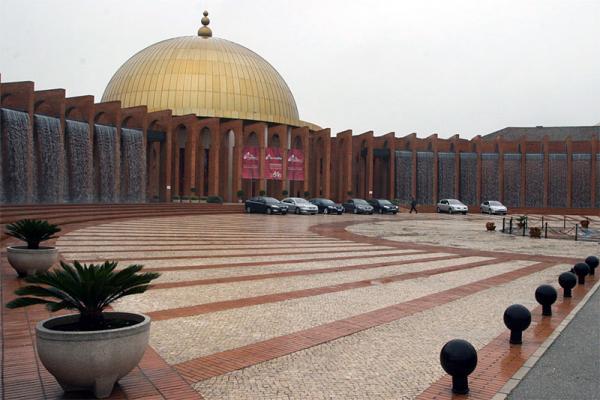
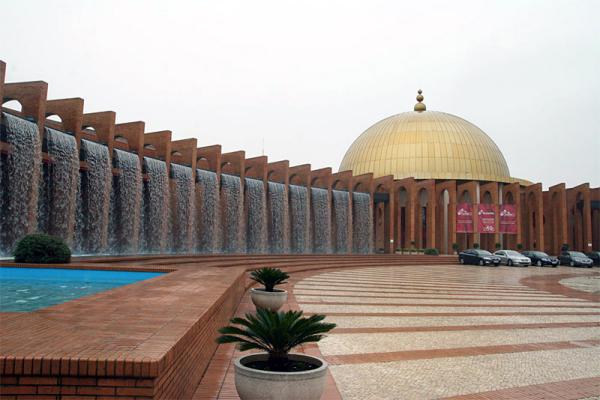
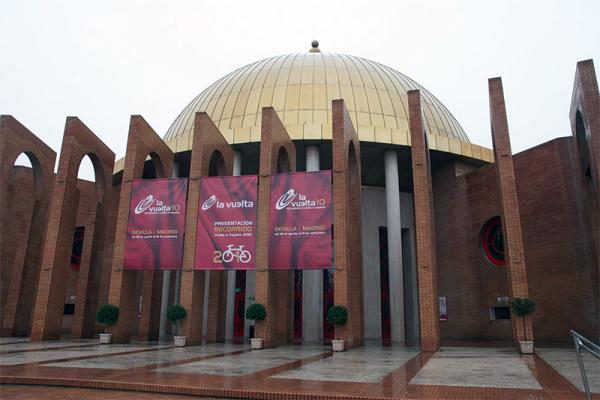
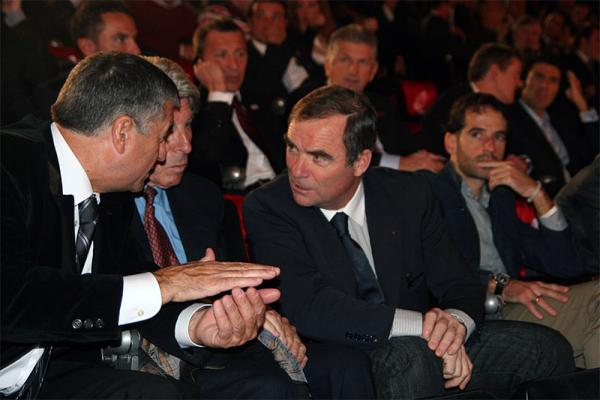
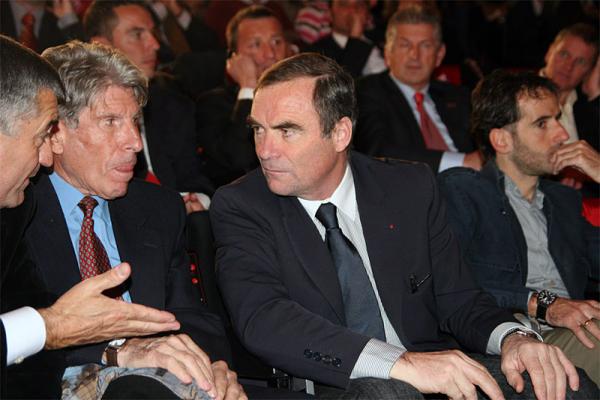
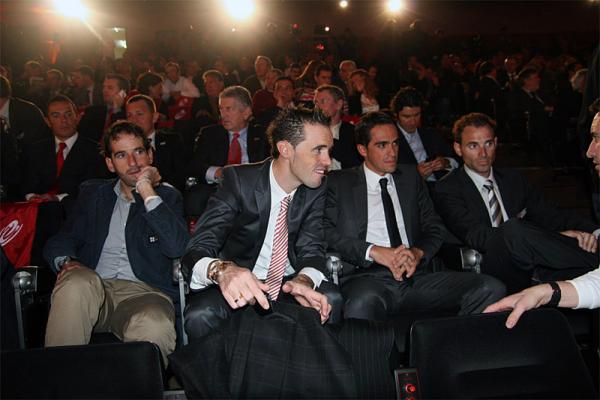
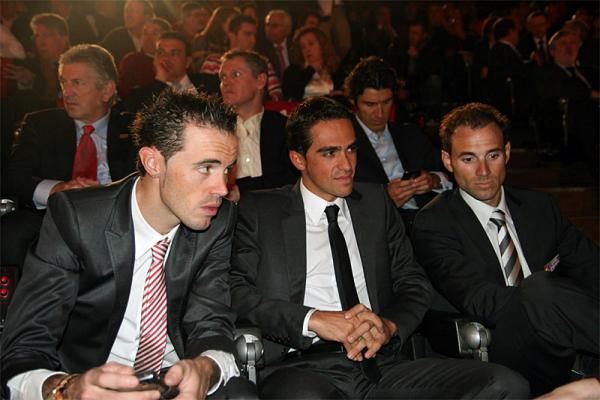
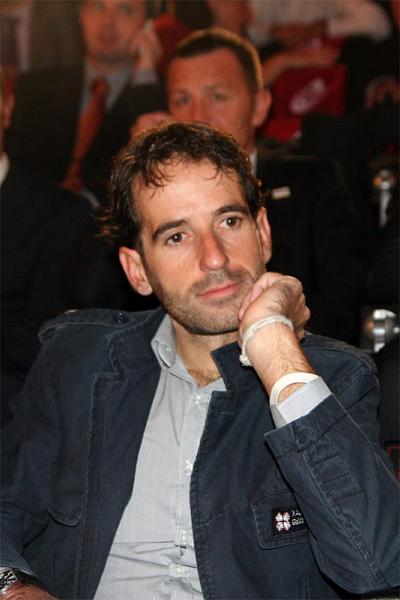
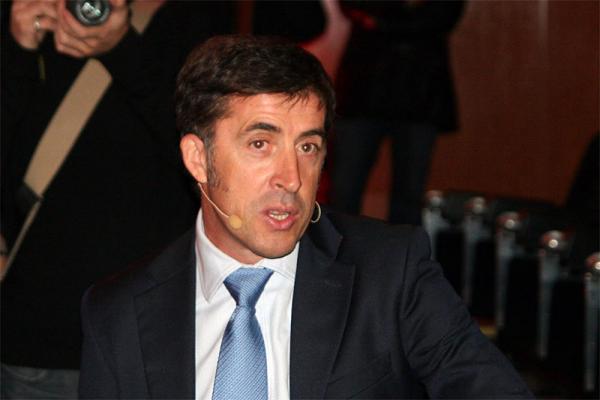
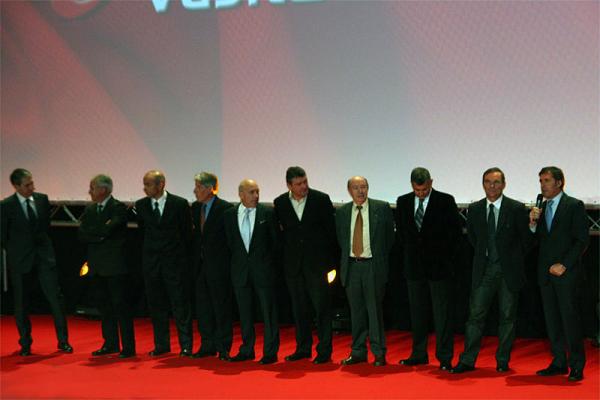
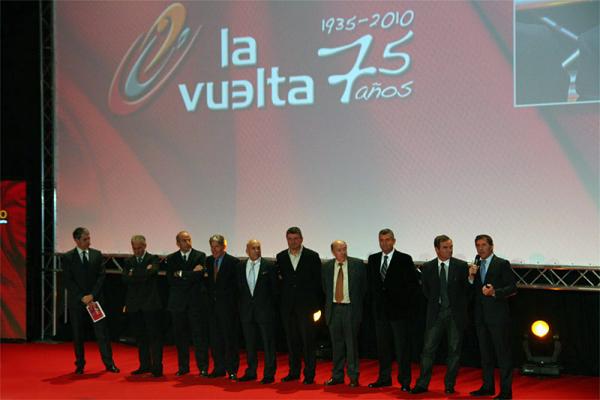
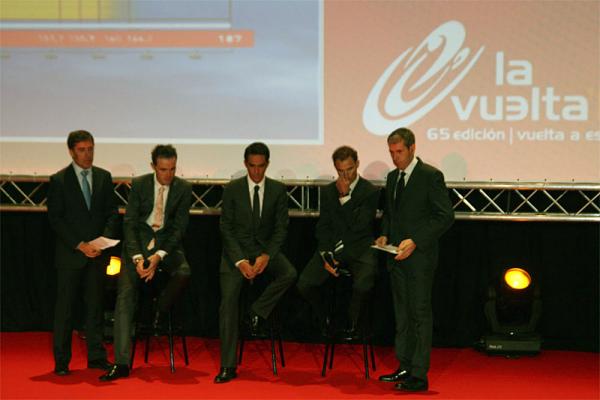
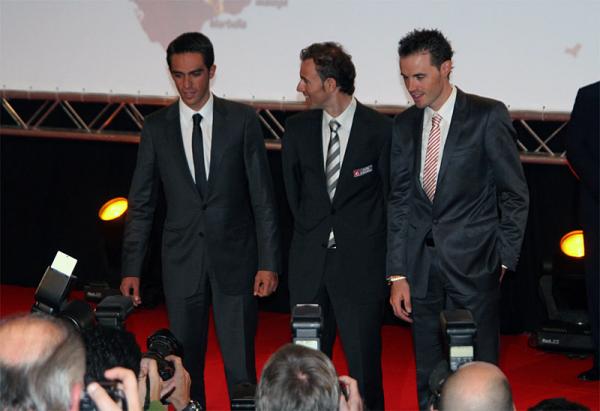
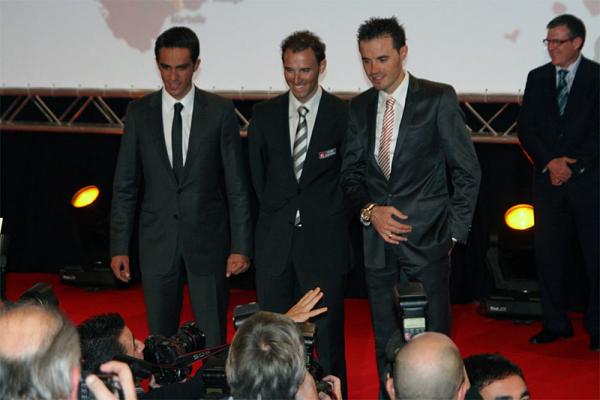
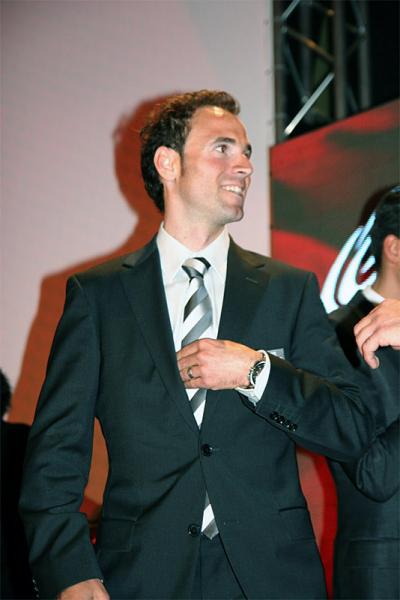
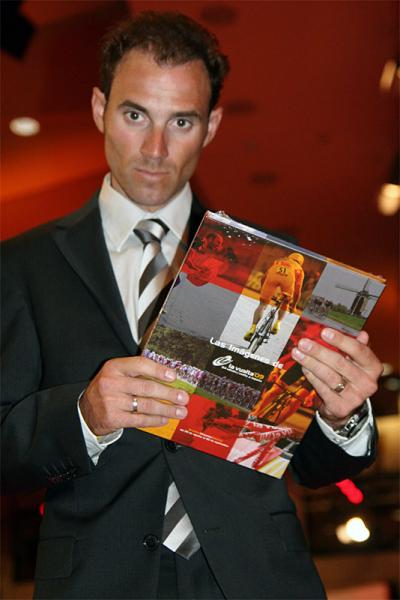
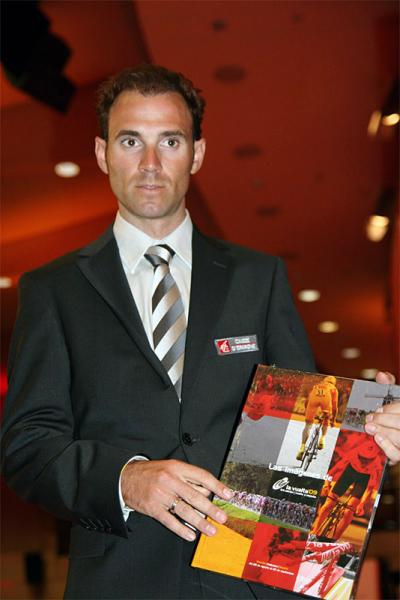
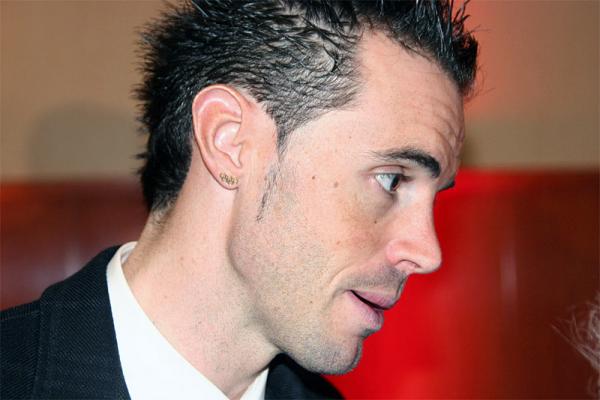
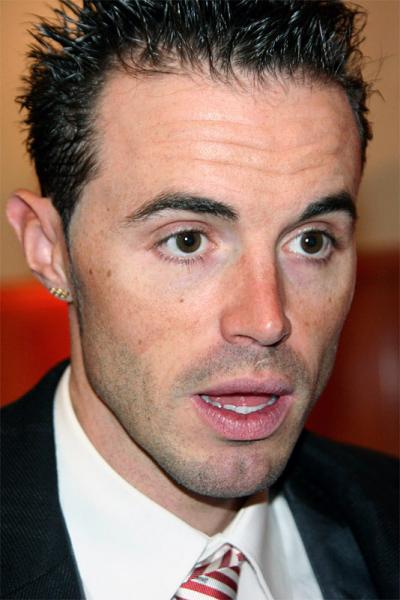
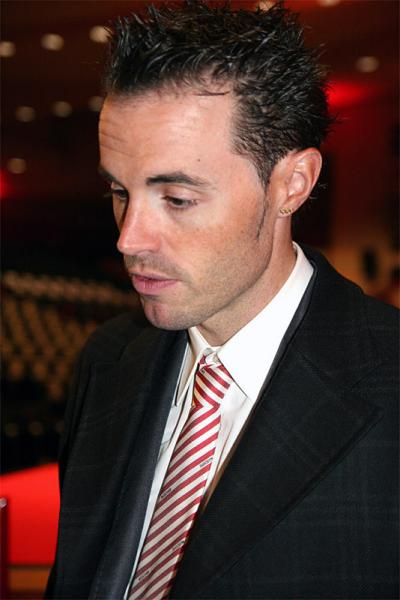
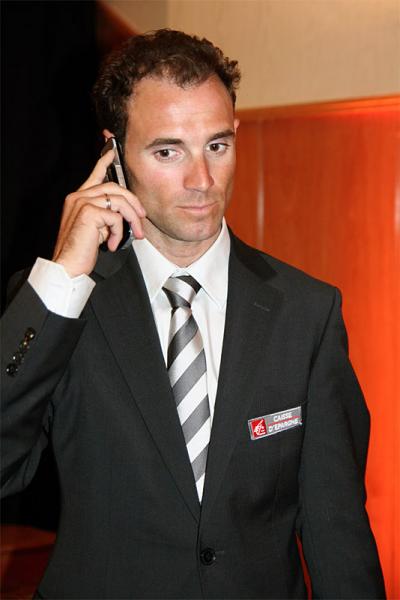
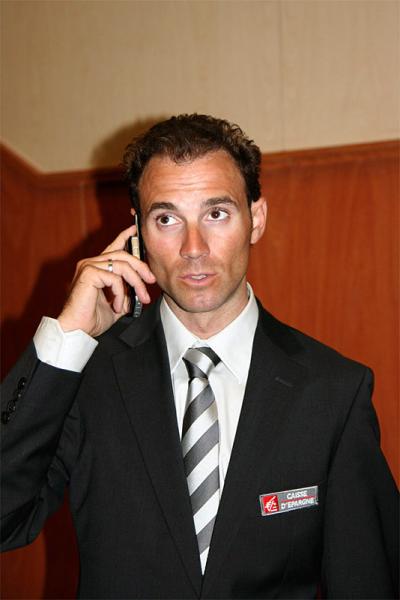
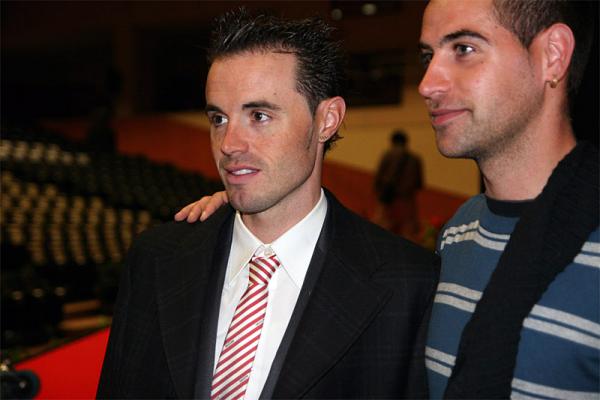

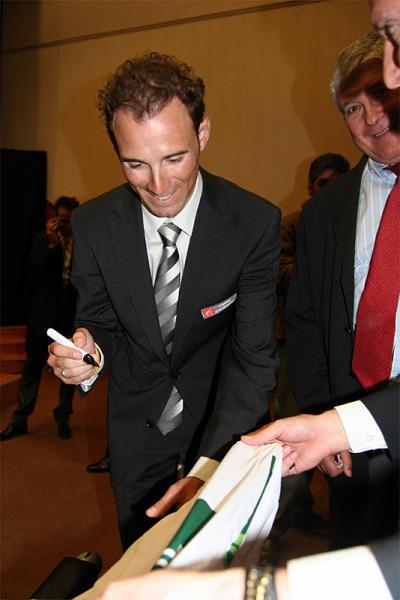
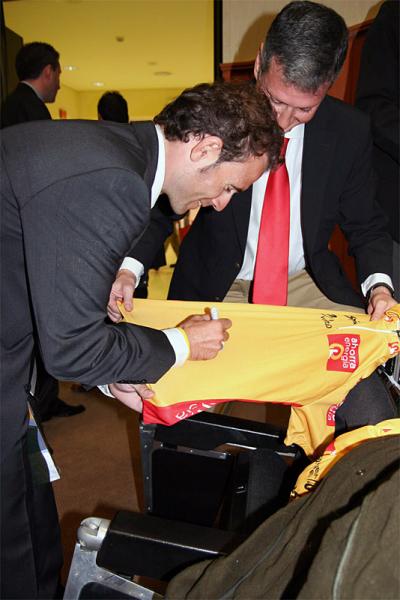
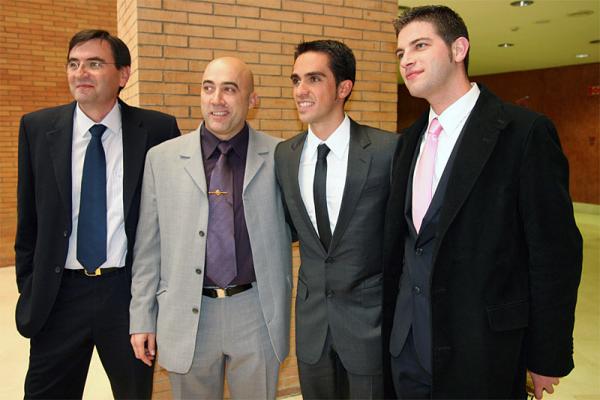
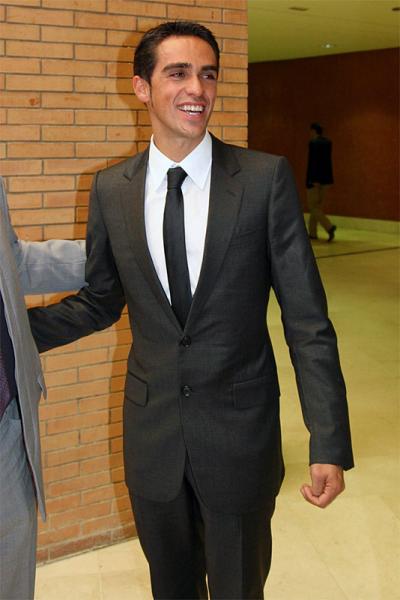
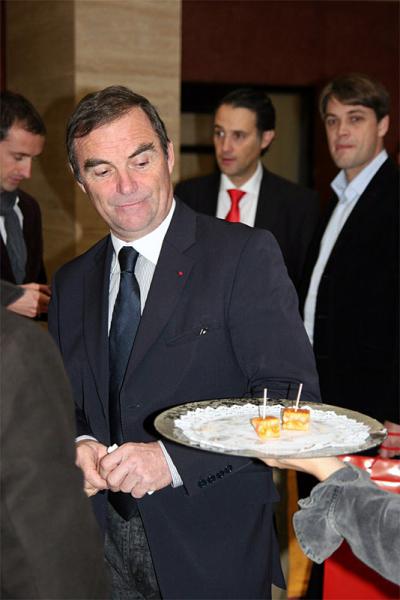
Unveiled today in what was a glitzy presentation held in Seville, the route of the 65th Vuelta a España appears to guarantee plenty of attacking and a race full of suspense.
This year’s champion Alejandro Valverde, last year’s victor Alberto Contador plus the 2009 runner-up Samuel Sanchez were guests of honour and all three were salivating at the thoughts of what will be in store.
“It is a very nice Vuelta, and a hard one,” said Valverde, who won his first Grand Tour in September and wants to add to that tally.
Double Tour de France winner Contador gave his own approval. “I think it is going to be a great Vuelta for those watching. It’s going to be a special edition of the race. I like the route, although I would have liked another time trial in it.”
Sanchez will also agree with the last sentiment, especially as he finished second behind David Millar in the penultimate test of this year’s race. However he too was happy with what he saw.
“It is a good Vuelta. It is a great course for climbers. There is a time trial of 46 kilometres, and plenty of stages that are very hard. For example, I think the climb of Cottobello on stage 16 is going to be a very tough and, for me, that will be the Queen stage of the Vuelta.”
Today’s presentation can best be billed as epic, taking place in a huge auditorium (the Palacio de Congresos y Exposiciones de Sevilla), and featuring stirring video segments complete with soaring music, dramatic slo-mo images and glitzy graphics. The opening clip focussed on the history of the race, underlining that this 65th Vuelta is an important anniversary for the event.
Get The Leadout Newsletter
The latest race content, interviews, features, reviews and expert buying guides, direct to your inbox!
Black and white film of the riders on crude road surfaces segued into more colourful shots, taking those present on a chronological journey through the years and featuring many of the great champions and big battles. Images of the 2008 and 2009 editions were then followed by the real meat of the launch; namely the details of next year’s route, and an insight into what kind of race it should be.
The 2010 Route
The action gets underway on Saturday August 28th with an unusual 16.5 kilometre team time trial on the streets of Seville. Holding it at night-time, it guarantees that the later teams will complete their test in total darkness, and while street lighting will be used, there will clearly be higher concentration required than usual.
Day two is most likely one for the sprinters, although the 173 kilometre route from Alcalá de Guadaíra to Marbella includes two category three ascents. The second of these is over 1,100 metres in height and will entice strong riders to attack and try to foil the fast men.
The following stage makes things far more difficult again, thanks to two ascents of the first category Puerto de Léon, plus an uphill finish into Málaga. The final 1.5 kilometres up to the Castillo de Gibralfaro could see gaps open in the general classification and, if Columbia HTC’s Allan Peiper is right, the big guns may already be to the fore. If so, this will have repercussions for quite some time afterwards.
“From day three there will already be a climber in the lead, and his team is going to have to take control,” he predicts. “Whether that is Valverde, Contador or Samuel Sanchez, his team is going to have to handle the race, and to control it for the next 20 days is going to be difficult.”
Of course, one tactic is to try to pass it to another team; the following day’s lumpy 177 kilometre run to Valdepeñas de Jaén fits the bill for a breakaway to go clear. The sprinters’ chances will be complicated by the second of two second category climbs, topping out just 6.2 kilometres from the finish, but they will be gladdened by the far-flatter fifth stage. At 194 kilometres, it is one of the longest of the race and will almost certainly see the peloton arrive en masse into Lorca.
Stage six is 50 kilometres shorter and could once again go to the bunch sprint specialists, providing they can limit their losses on the second category Cresta del Gallo and regain contact before the streets of Murcia. Stage seven is even more straightforward, with a third cat climb midway through the stage being the only pimple on the horizon.
“There could be some really good sprinters in the race,” Peiper said, “and they’ve got quite a few opportunities.” This is certainly one of them.
Into the mountains
A galloper should be smiling that evening in Orihuela, but that grin will turn to a grimace on the subsequent stage, the 188.8 kilometre race to the Xorret del Catí. It could be a nightmare for non-climbers, with plenty of peaks and troughs. A trio of second cat climbs are followed by the first category Xorret del Catí, and while the road descends from the summit, it pitches up again shortly before the line.
Six more categorised climbs follow on stage nine, the 187 kilometre race from Calpe to Alcoy, making the first rest day a very welcome one.
A long transfer north moves the race towards more big mountains. One category one climb en route to Vilanova i la Geltrú is reasonable enough of the organisers, but it’s simply a teaser before the altogether more unpleasant slog up to Andorra on Wednesday September 8th.
The Vuelta’s first ‘especial’ category ascent to Pal comes at the end of the race’s longest stage (208km) and is going to wreak havoc in the bunch.
A real picture of the contenders will emerge that evening, and whoever is in the new leader’s Maillot Roja (red jersey) should be able to maintain it on the flatter stages which follow, to Lleida and Burgos respectively.
Once those are completed, the sprinters will fade from view for the next four days. A trio of summit finishes will turn the race on its head once again, and will greatly reduce the number of riders who can win the race. The first category ascent to Peña Cabarga is short but very steep, averaging ten per cent and including tougher pitches.
Stage fifteen to the Lagos de Covadonga climaxes with the second ‘especial’ climb of the race, and is then followed by a jagged-tooth journey to Cotobello.
“For me, this is the Queen stage of the Vuelta,” said Samuel Sanchez, referring to the three first category ascents which will lie in wait that afternoon. The Asturian lives close to there and promised today that he would be particularly motivated to leave his mark on the stage.
The final push to Madrid
After a transfer to Peñafiel, the Vuelta’s only individual time trial will take place on Wednesday September 15th. It’s completely flat, has long, straight sections and will appeal to the big gear mashers, with those lining up for the world championship TT having a chance to test their legs prior to flying to Australia.
It’s a relatively short 46 kilometres in length and may not prompt massive time differences, but it will give a chance for the more rounded rider to take a bit of time out of the climbing specialists.
Once that’s completed, just four stages remain in the race. Three of those are likely to be for the sprinters, with the finishes in Salamanca, Toledo and Madrid certain to play a big part in the fight for the points classification. That leaves one stage for the climbers, and the penultimate day’s battleground will be special indeed.
The ascent of Navacerrada has featured before in the race, but this stage tags on a completely new climb afterwards, the Bola del Mundo. It features rough road surfaces and has gradients of up to 12.5 per cent, ensuring that the general classification will remain in question right up to the final weekend.
Carlos Sastre is as yet unsure if he will take part in theVuelta, but expects that day to have a major effect on the race. “This stage involves climbing three passes: Navacerrada, Los Leones and these last three kilometres in La Bola del Mundo, which I’ve been told are really tough,” he said, raising expectations that things could go right to the wire in this Vuelta.